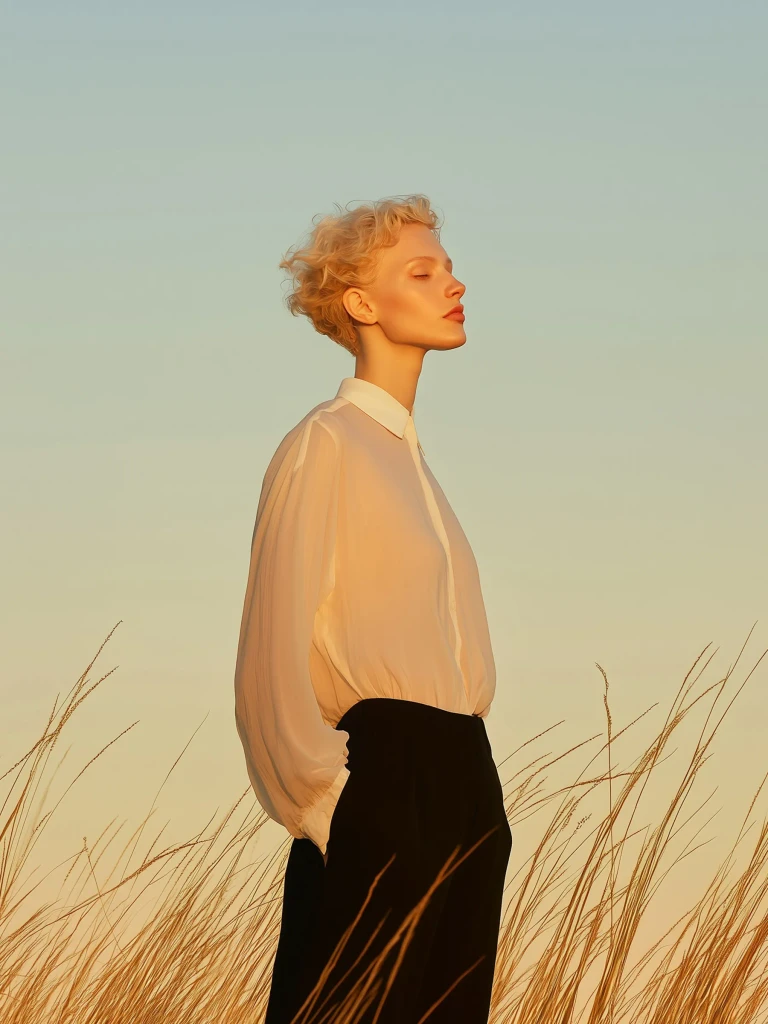What is the science of polymers?
Explore eco-friendly materials and innovative practices that are shaping the future of sustainable architecture, reducing environmental impact significantly.
Reading Time
8 Min
Date
Aug 10, 2024
What is a Polymer?
Polymers are large macromolecules composed of repeating structural units called monomers. These monomers are covalently bonded in long chains, resulting in materials with unique properties that differ significantly from their monomeric counterparts. The versatility of polymers allows them to be tailored for specific applications, making them essential in various industries, including packaging, textiles, automotive, electronics, and healthcare.
Polymers can exhibit a wide range of physical properties such as flexibility, strength, and thermal stability, depending on their chemical structure and molecular weight. For instance, low-density polyethylene (LDPE) is flexible and used in plastic bags, while high-density polyethylene (HDPE) is rigid and used in containers (Schiraldi, 2021; Eastwood et al., 2005).
Using Light to Create Mood and Contrast
Light is more than a technical aspect—it's a storytelling tool that helps convey mood and emotion. In urban photography, light can dramatically alter the feel of a scene. For example, during the golden hour, when the city is bathed in warm, soft light, even the most mundane streets can take on a dreamlike quality. This time of day creates an atmosphere of calm, often infusing images with a nostalgic or serene mood.
In contrast, harsh midday light can introduce a stark, more intense atmosphere. It accentuates hard edges, casting deep shadows that add a sense of mystery or isolation to a scene. The interplay of bright highlights and dark shadows can enhance the contrasts between light and dark, modern and old, or busy and empty. This type of lighting is perfect for capturing the bold, energetic nature of a bustling city.
At night, artificial light sources like street lamps, car headlights, and neon signs become the key elements. The cool tones of street lights or the vibrant colors of illuminated signs create a different mood altogether. Nighttime urban photography offers the chance to play with long exposures, capturing the motion of the city while using the artificial lights to add color and texture to your images.
Adapting to Changing Light Conditions
Cities are unpredictable, and light conditions can shift rapidly throughout the day. As an urban photographer, learning to adapt quickly to these changes is essential. Overcast skies may soften harsh light and bring out subtle details that might otherwise be lost, while bright, sunny days provide opportunities for high-contrast images. Flexibility is key, as embracing varying conditions often leads to unique and unexpected results.
When the light isn't ideal, it's crucial to think creatively. For instance, reflections from windows, puddles, or metallic surfaces can provide interesting light sources in unexpected places. These reflections can enhance an image by adding layers and depth, or by capturing the city in a way that goes beyond the obvious. Being able to spot these opportunities allows you to work with the light you have, rather than against it.
Ultimately, mastering light in urban photography requires a blend of technical skill and artistic vision. By observing how light interacts with the city at different times of day, in various weather conditions, and through both natural and artificial sources, you can develop a keen awareness of how to manipulate it to your advantage. The ability to anticipate and use light creatively will elevate your urban photography, transforming ordinary scenes into visually stunning works of art.
Related Articles



